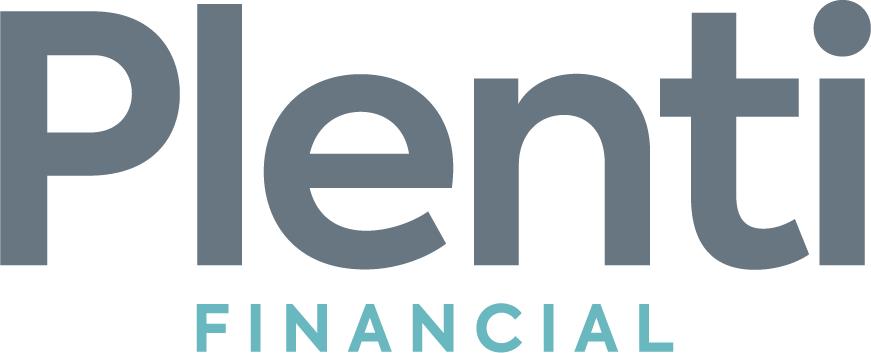Tax returns may sound like a simple form of documentation, since the forms required for each are identical for each use case. However, it is important to know not only what variables mortgage professionals take into account when determining a loan offer, how these variables are weighted, and how you can organize your current budgets and assets to improve the numbers that really matter for next year’s return in order to maximize loan opportunities in the coming years.
Debt-to-Income Ratio (DTI)
There are three ratios that commercial real estate lenders consider when reviewing tax returns:
- The loan-to-value ratio (LTV). The LTV is determined by dividing all mortgage amounts by the purchase price of the property. A higher LTV indicates a smaller down payment, but the more risk the lender assumes. This causes lenders to assign the highest LTV possible in order to accommodate the needs of the loan customer along with the risk of the lending institution.
- The debt to income ratio (DTI). The DTI is determined by dividing the borrower’s monthly debt by the monthly gross income. A smaller DTI indicates the borrower is more capable of recouping business losses in the case that the property’s revenue does not cover the monthly principal payment of the loan. This causes lenders, as with LTV, to assign as high of a DTI as possible in order to minimize the risk of the lending institution.
- The debt service coverage ratio (DSCR). The DSCR is determined by dividing the net operating income (NOI) by the total debt service. The DSCR is a bit complex, but is used to more accurately identify the debt capacity of a company or, in the case of real estate, the debt capacity of the borrowing institution in relationship to the prospective property. This can fluctuate greatly depending on past and present business success in a similar space or operational capacity. Many lending institutions will not issue a loan if this ratio is less than 1.00, which indicates minimal risk equitability for the institution to reasonably assume the risk of the note.
Income Stability
Income stability is determined by integrating credit score, the nature of income (fixed vs. variable), and amount of total revenue-producing equity and assets. These variables are weighted to determine the stability of the overall positive net cash flow of the borrower as a way of determining the total gains that could be recouped in the event of a loss, default, and/or bankruptcy.
Available Collateral
Some lenders accept collateral as a formal component of the lending agreement so that, should the borrower default, the lending institution would recoup their loss by assuming ownership of the listed collateral. Lenders accept various kinds of collateral, including real estate, vehicles, inventory, accounts receivable, investments, personal assets, cash, and even business equipment (read more about collateral documentation).
Conclusion
Improve these three aspects of your financial profile and file them accurately with the IRS so that future lenders will have more reasons to offer you a loan with favorable terms. Schedule a consultation with one of our loan experts to build a profitable loan strategy for your 1031 Exchange.


